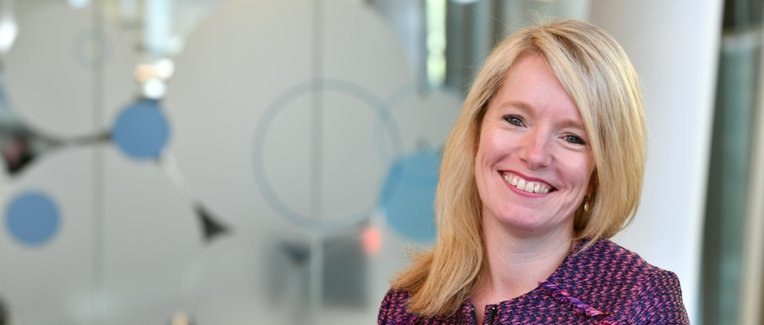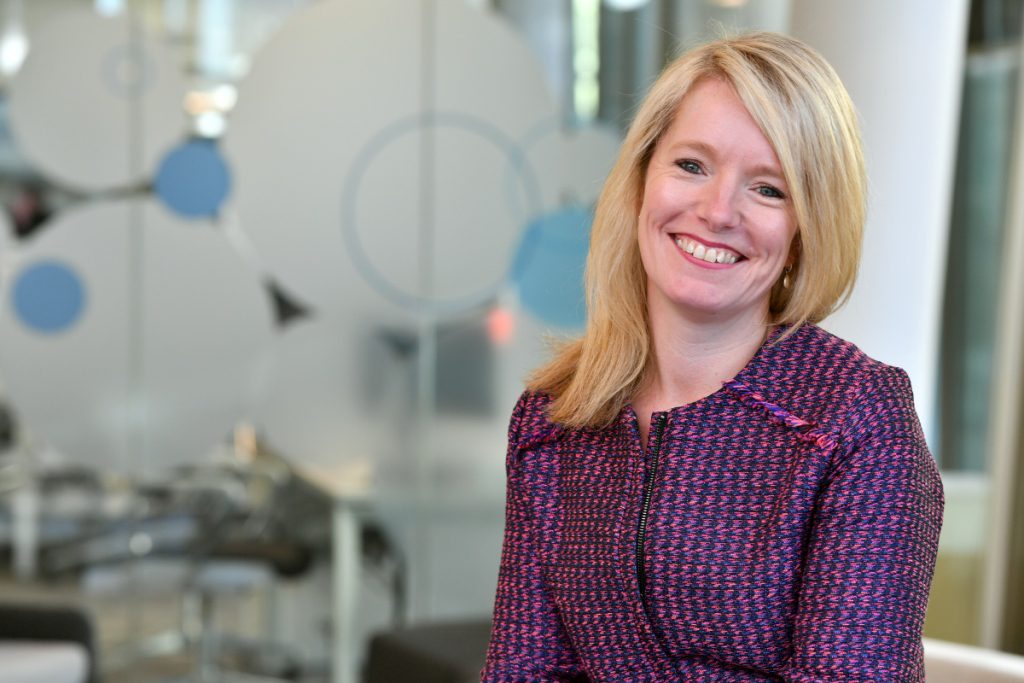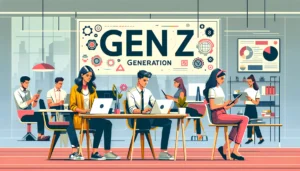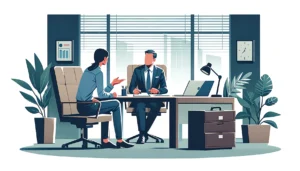My working day - Rachel Lock, HR Director, TSB Bank
- 4 Min Read
Here at HRD Connect, we are driven by what our community of HR professionals do everyday. In a new series, we quiz an array of HR professionals about what their day is made up of, and what they value within their working days. To launch this series we speak with Rachel Lock, HR Director at TSB, she talks about the importance of having a strong work/life balance, adapting to unpredictable work days and the importance of simply smiling.
- Author: Emily Sexton-Brown
- Date published: Mar 20, 2018
- Categories

Learning from your peers is very important when it comes to overcoming challenges and adapting to new working environments. In a new series launched by HRD Connect we find out how your peers shape and craft their working days.
Rachel Lock, HR Director, TSB
What time does your day start?
My usual wake up time is 5am – my body clock has been set that way for the last 20 years.
What is the first thing you do when you wake up?
Look at the weather app.
What kick starts your day correctly?
Sitting down in the morning with my husband having a proper breakfast and a proper conversation before I leave for work.
What is your commute like to work?
It takes me an hour and 40 minutes to travel to the City from Reading – car, train, two tubes and a walk.

What is the first thing you do when you get to the office/start working?
Change from my flat shoes into my high heels – I start working from 8am checking over anything that has come in overnight then sit down with my Executive Assistant and Personal Assistant to have our daily catch up.
Can you talk me through a typical morning for you…?
There is no typical day at TSB – that’s why I think I have the best HR Director role in the UK. The variety is really interesting and ranges from talking to our partner forum ‘The Link’ to preparing for a board meeting.
What do you have for lunch?
I don’t usually stop for lunch – a piece of fruit or a yogurt will usually be enough. It’s also the time where partners tend to pop in for a chat.
Do you feel more productive in the morning, or after lunch?
I am definitely a morning person – the mindset you come into the office with sets you up for the most positive day.
What do you think is the best way to motivate a team?
Give a strong sense of purpose, have a good laugh and recognise them for a job well done.
What does a typical afternoon look like for you?
I like it when partners and members of the Executive team just pop in around meetings for a chat – that’s when you make all the best decisions.
What is the one thing you never forget to do throughout your day?
Smile! Creating an upbeat working environment for my partners is really important to me. Something as simple as smiling, even when you’re having a bad day, can do wonders for team morale and confidence.
What time do you leave work?
Ideally, I like to leave work around 5.30pm so I can get home to my husband – and then I like to carry on with emails and reading on my iPhone – we have everything on our own devices now, so we can be more flexible.
Do you think you have a good work/life balance?
Yes, I do – my home life is everything to me, so I make sure I do. At TSB, we’ve built a culture that promotes a healthy work-life balance. It’s hugely important.
What do you do in the evenings?
Spend time with my husband, watch TV and discuss what he has been doing for the day.
When is bedtime?
10pm – always in bed for the news headlines.
A bit about you…
What is your personal career highlight?
Being part of TSB – this is the best job I have had – it’s given me all sorts of opportunities I never thought I would have.
What do you do to unwind?
I like to go for a run or to the gym – or just enjoy dinner and a glass of wine or two.
What is your favourite drink and, or snack?
Gin and tonic and a packet of peanuts.
What is the best piece of advice you’ve been given?
Never be afraid to provide your opinion.
What would you like to be remembered for?
Being myself.







